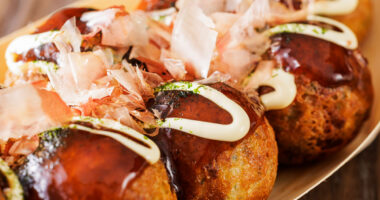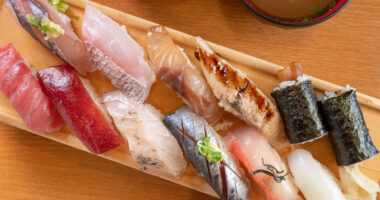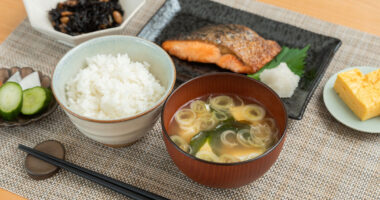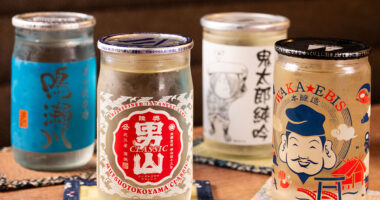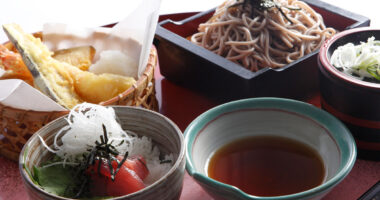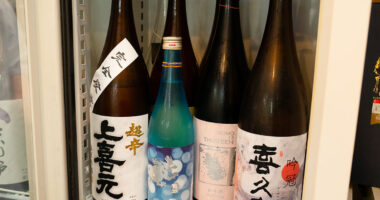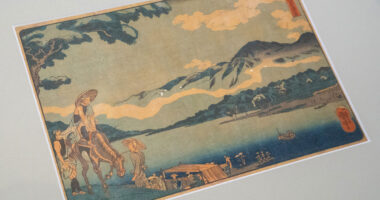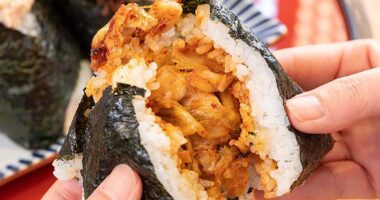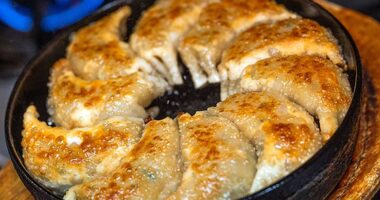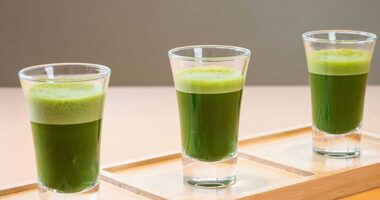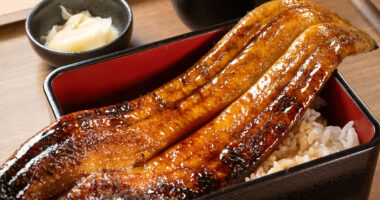
Kawaii Style 101: Characteristics and How to Experience It
Japan’s unique aesthetic of kawaii (cute) culture has become a global symbol of Japanese pop culture. Beyond mere appearance, the “kawaii style” expresses inner kindness and approachability, encompassing fashion, makeup, and behavior. For visitors, understanding this aesthetic offers a rich opportunity to experience Japanese culture deeply. To learn more about the core meaning of kawaii and its place in Japanese…

